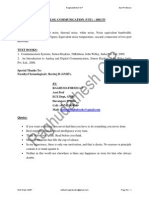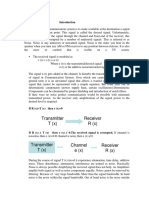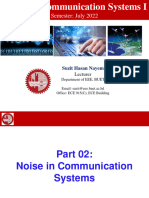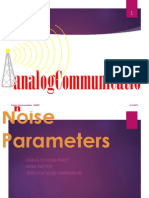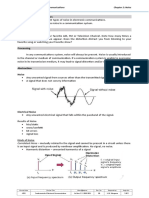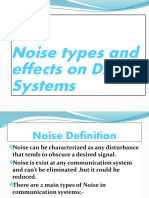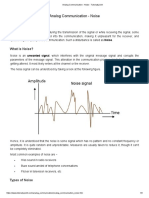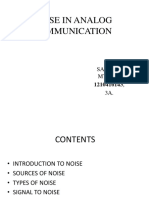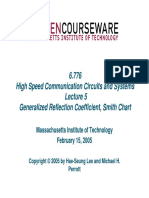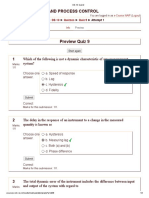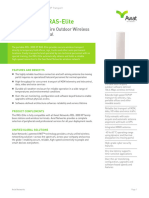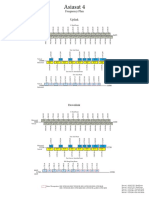0% found this document useful (0 votes)
4 views89 pagesModule 6
The document discusses various types of noise in communication systems, including thermal noise, shot noise, flicker noise, and white noise, along with their sources and effects on signal transmission. It also covers important noise parameters such as signal-to-noise ratio, noise figure, and effective noise temperature, which are crucial for analyzing and improving communication system performance. Additionally, the document addresses noise in different modulation systems and the characteristics of Gaussian processes in relation to noise.
Uploaded by
vedanshee.ee21Copyright
© © All Rights Reserved
We take content rights seriously. If you suspect this is your content, claim it here.
Available Formats
Download as PDF, TXT or read online on Scribd
0% found this document useful (0 votes)
4 views89 pagesModule 6
The document discusses various types of noise in communication systems, including thermal noise, shot noise, flicker noise, and white noise, along with their sources and effects on signal transmission. It also covers important noise parameters such as signal-to-noise ratio, noise figure, and effective noise temperature, which are crucial for analyzing and improving communication system performance. Additionally, the document addresses noise in different modulation systems and the characteristics of Gaussian processes in relation to noise.
Uploaded by
vedanshee.ee21Copyright
© © All Rights Reserved
We take content rights seriously. If you suspect this is your content, claim it here.
Available Formats
Download as PDF, TXT or read online on Scribd
/ 89





















